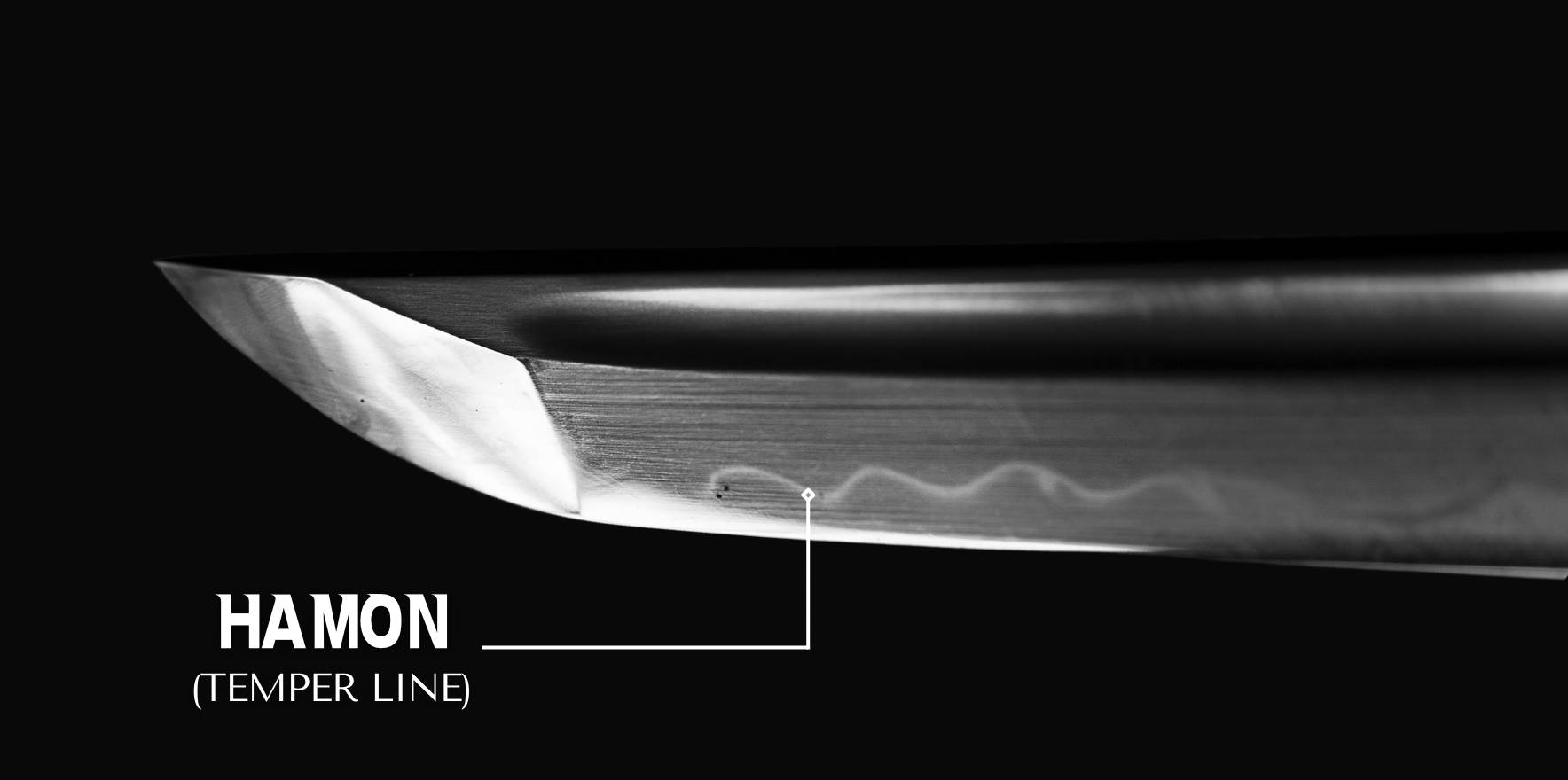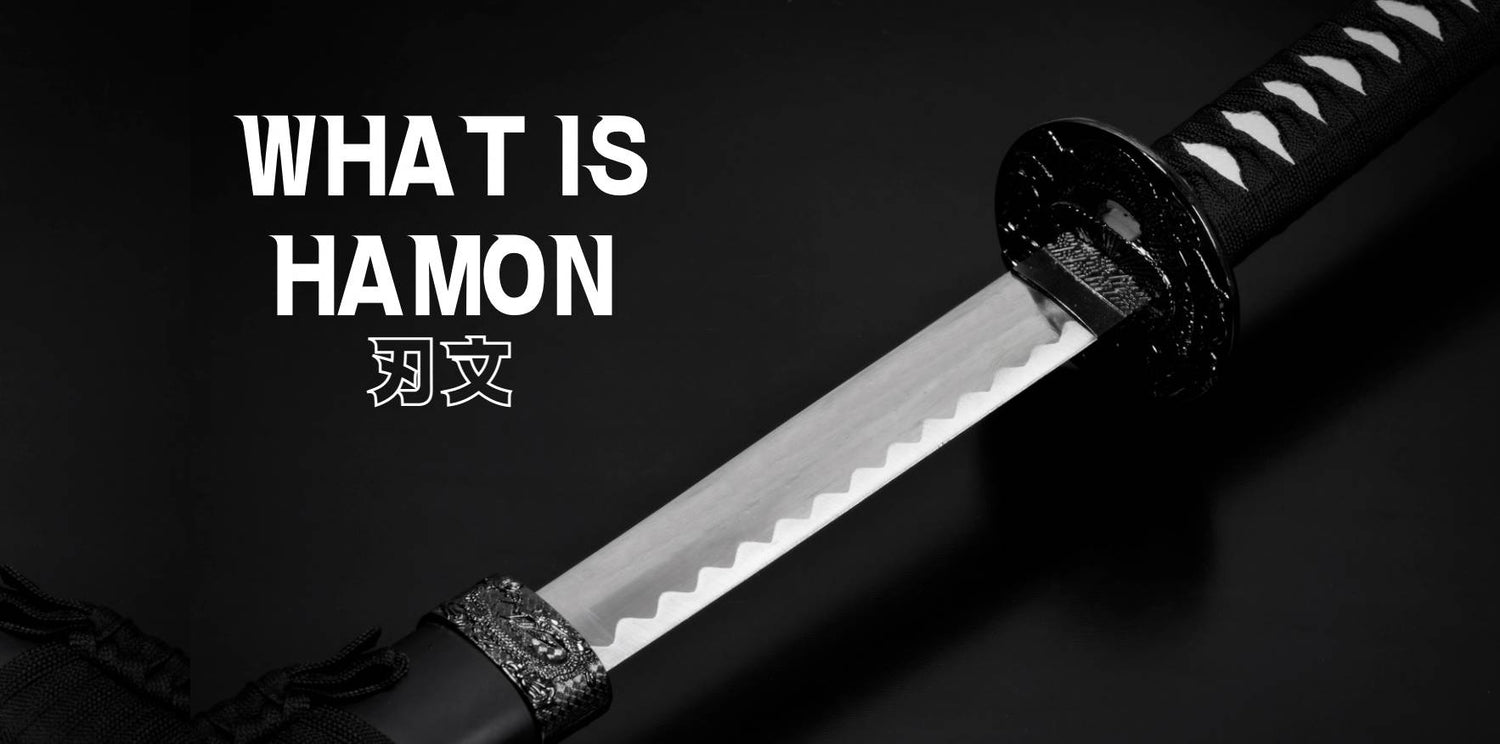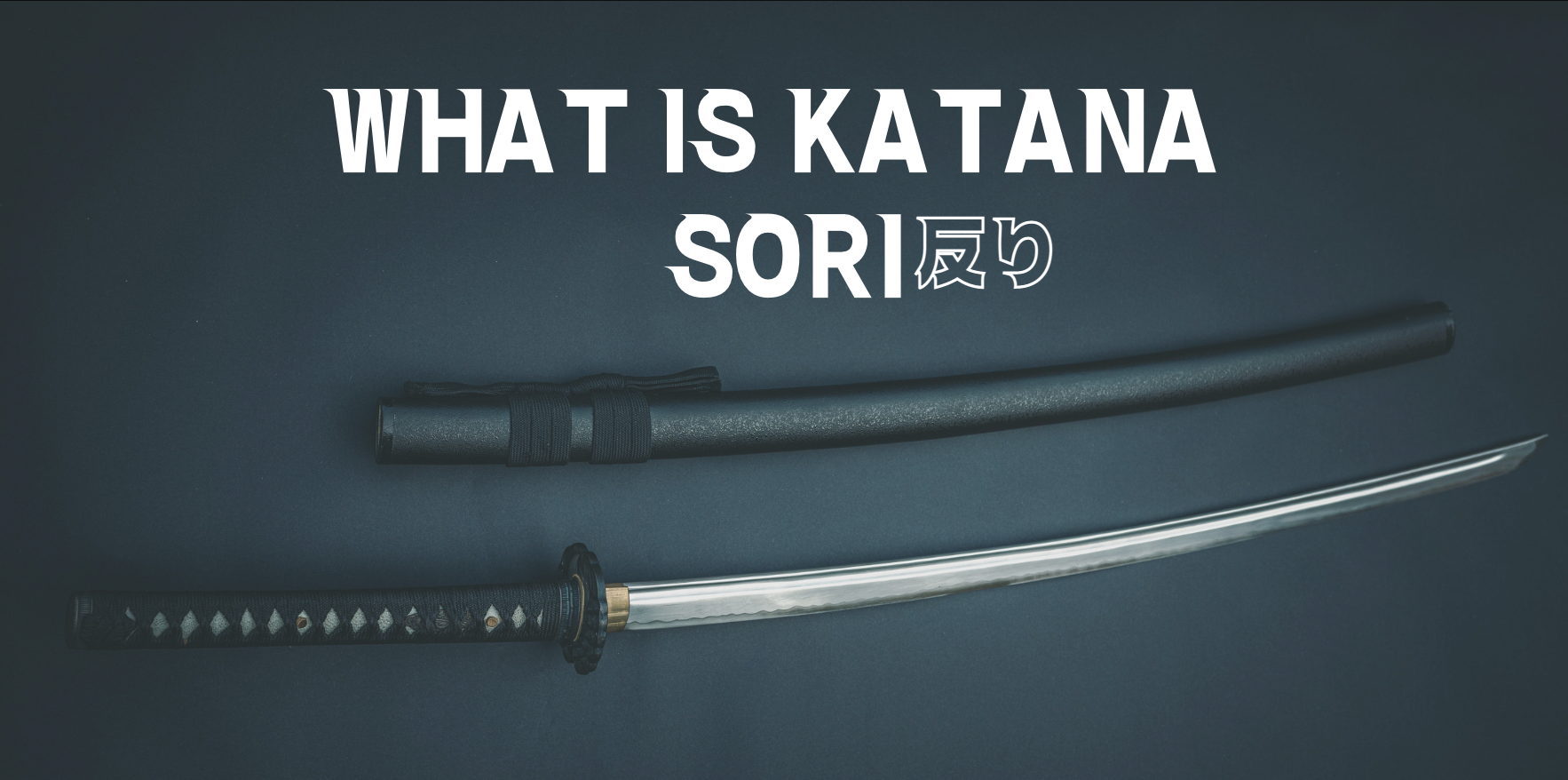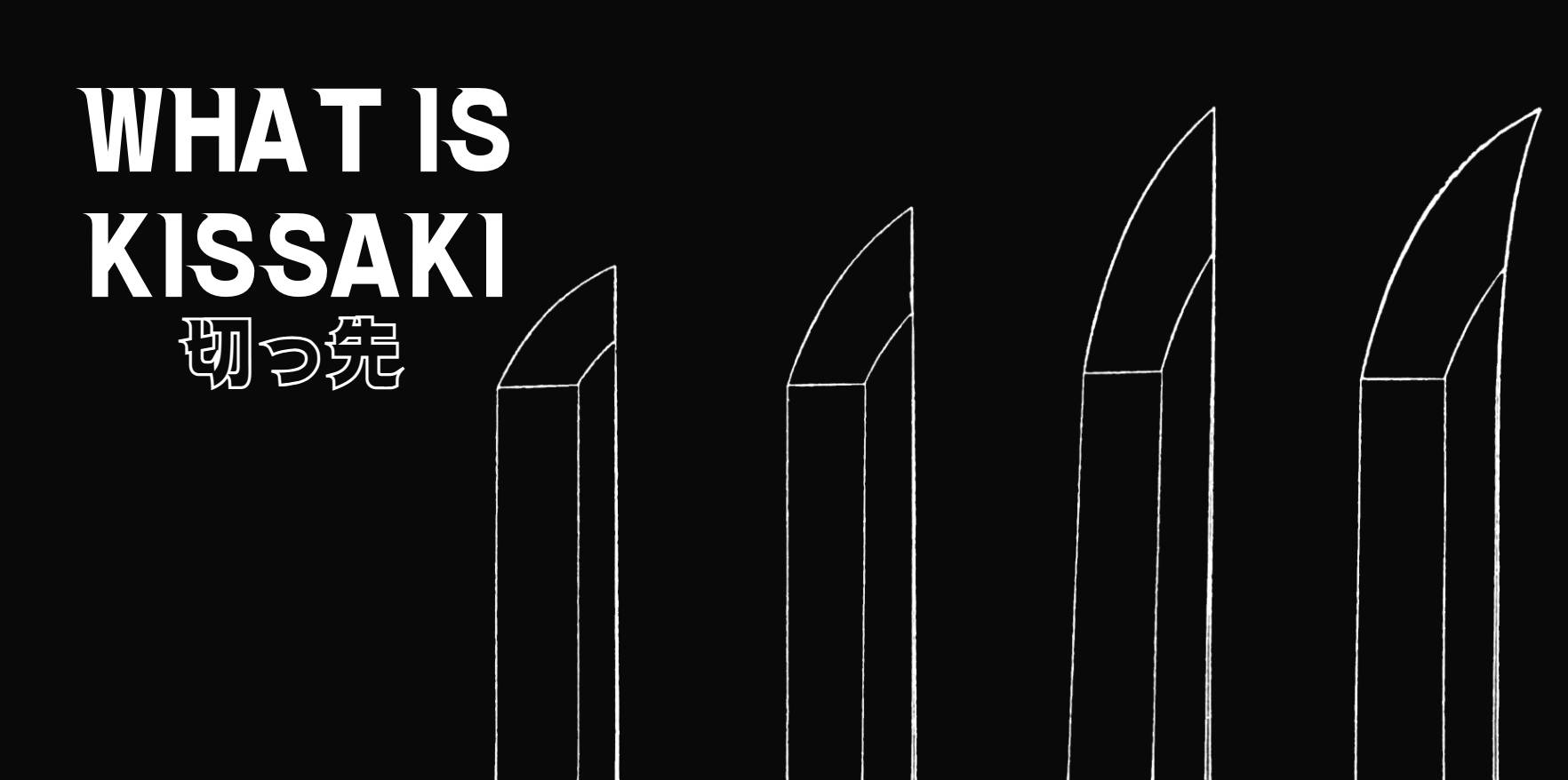What is hamon
One of the most distinctive features of Japanese swords is the hamon (刃文), or temper line. This unique feature, intrinsic to these traditional weapons, lends them an inimitable aesthetic appeal and serves a crucial role in the sword's performance.
A hamon is a visible line that manifests on the blade of a Japanese sword. Its creation is rooted in the art of differential hardening, a sophisticated technique that involves heating the edge of the blade to a higher temperature than the rest of the body. This method results in a line that gracefully traces along the blade, located just above the edge. The differential hardening process not only adds to the visual appeal of the sword but also contributes to the sword's unique properties.

Katana hamon patterns
The katana hamon embodies an eclectic array of patterns, from simplistic straight lines to undulating waves, and even to intricate geometric designs. The hamon visual effect can extend to the tip of the sword, which is called "boshi". Each unique pattern carries a distinct name and can potentially reveal the identity of the master swordsmith who breathed life into it. Some of the most common katana hamon patterns include:
- Straight: This is the simplest and most common type of hamon. The blade is evenly hardened throughout, resulting in a straight hamon line running along the edge.
- Midare: Also known as "midarekomi," this type of hamon is characterized by a series of undulating lines. It is created by uneven heating of the blade, which causes the steel to harden unevenly and results in a wavy pattern.
- Choji: This type of hamon resembles a series of connected rectangles. It is created by repeatedly folding and hammering the steel to create layers, which are then etched to reveal the choji pattern.
- Geometric: There are a wide variety of geometric hamon patterns, including diamonds, squares, and circles. These patterns are created by etching the steel in a particular way to create the desired shape.
- Komaru: The manufacturing process of the komaru hamon involves differential heating and cooling of the blade. This technique results in a harder outer layer and a softer inner layer, creating a straight yet rippling line that runs along the blade length. This line, said to echo the flow of a river, has made komaru one of the most favoured types of hamon among Japanese sword collectors.
- Kaen: An exclusive tempering design, the kaen hamon pattern, is brought to life using a special clay blend applied to the blade and then heated until it undergoes a color change. The ensuing outcome is a stunning, spiraling pattern, unmatched by any other. Kaen hamon is deemed exceptionally rare and valuable, making it highly desired by collectors.
- Oomaru: The oomaru is a traditional Japanese hamon pattern. The oomaru hamon is a great way to add personality and style to your sword collection.

Should katana have hamon
Many people believe that a hamon adds beauty and character to a sword, and it can certainly be an impressive sight. But the hamon is not only aesthetic, it allows the katana to be more resistant in case of impact with a hard surface, but also to be sharper. This is the result of the creation of martensite crystals following the tempering of the sword. This process, when done correctly, is not only aesthetic but also makes the blade much stronger and sharper.
However, there are some drawbacks to having a hamon. This creates a harder and sharper edge, but also makes the blade more fragile in some cases.
First, it is more difficult to maintain than a regular blade. The hamon line must be regularly cleaned and oiled, to keep its sharpness. Secondly, the hamon line makes the blade more fragile. A sword with a hamon is more likely to break in case of lateral impacts on a hard surface. Indeed, the bond between the two levels of hardness of the blade can break in case of repeated impact on the side of the sword. Contrary to a monotempered katana whose hardness is the same all along the blade and thus allows for increased resistance in case of a side blow.
So, should katana have a hamon? Overall, a katana with hamon shows better strength and sharpness, making it one of the best katanas. If your goal is to practice martial arts with your katana to train on bamboo or tatamis, then we recommend you to choose a hamon katana.
If you just want to display your katana as a decorative object, it will not be necessary to choose a hamon blade, unless the aesthetic aspect of the hamon is important to you.
Katana without hamon

A katana without hamon is a Japanese sword that lacks the traditional tempered edge. While this reduces the blade's combat effectiveness, it may still be a lethal weapon in the hands of an experienced user. The biggest benefit of a katana sans hamon is that it is significantly easier to make, making it more cheap to the majority of people. Furthermore, because to the absence of tempering, the blade will not fracture as quickly as one with a hamon.
It is crucial to remember, however, that a katana without hamon is still a dangerous weapon and should be dealt with caution.





